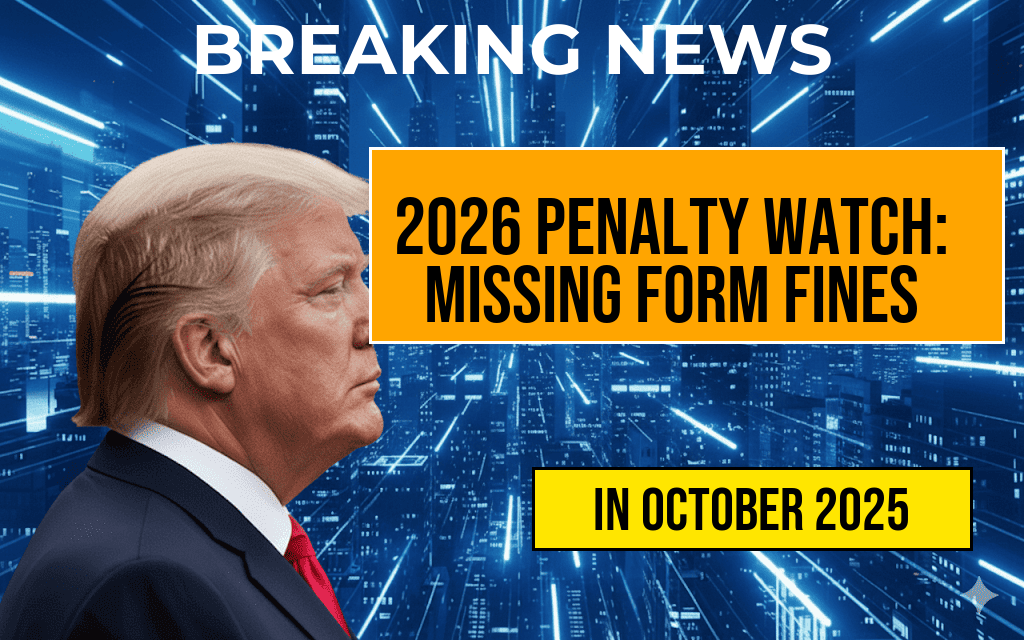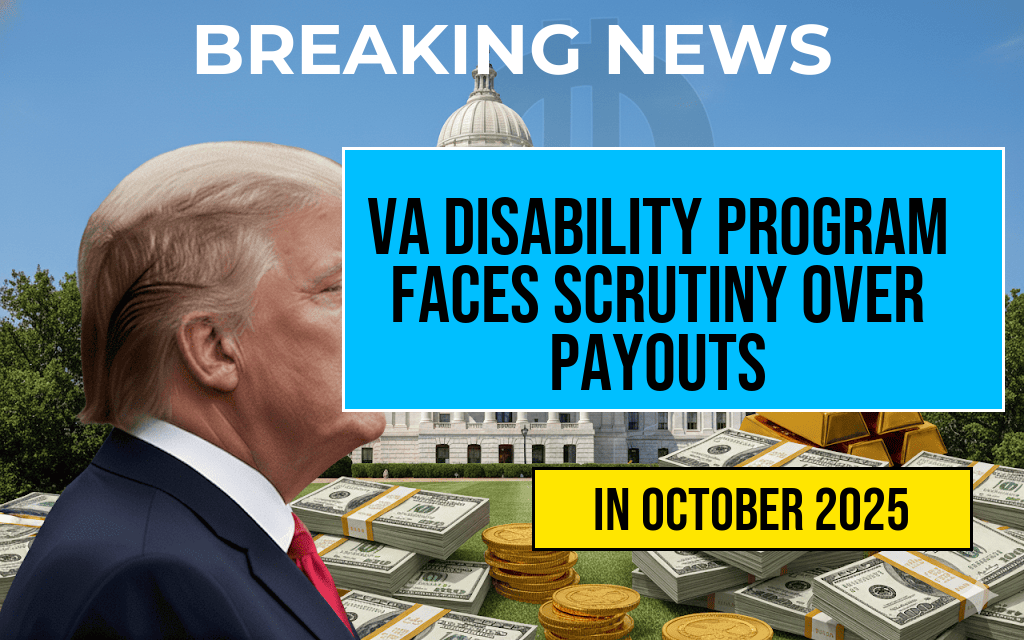The Supplemental Nutrition Assistance Program (SNAP), a vital resource for millions of Americans facing food insecurity, is facing scrutiny as several states report high error rates in benefit distribution. Recent findings indicate that these states may incur significant penalties, raising concerns about the future of benefits for recipients. With millions potentially affected, questions arise regarding the integrity of the program and its ability to support those in need. As the U.S. Department of Agriculture (USDA) tightens its oversight, states with persistent errors may find themselves in a precarious position, struggling to maintain adequate support for low-income families while facing financial repercussions.
Understanding SNAP Error Rates
The SNAP program is designed to assist low-income individuals and families by providing financial aid for purchasing food. However, various states have reported high error rates in determining eligibility and benefit amounts. These errors can lead to overpayments or underpayments, complicating the assistance process for those relying on SNAP.
Recent Findings on Error Rates
- Several states, including California and Texas, have been identified as having error rates above the national average.
- In some instances, the error rates have exceeded 10%, a threshold that can trigger federal penalties.
- The USDA has emphasized the importance of accuracy in SNAP administration to ensure that benefits reach the intended recipients.
Potential Penalties for High Error States
Under federal guidelines, states that exceed a specified error rate may face financial penalties. The USDA has the authority to impose these penalties, which can have serious implications for state budgets and the SNAP program as a whole. The penalties typically come in the form of reduced federal funding, which can affect the state’s ability to provide adequate support to its residents.
Impact on State Budgets
The financial strain from potential penalties could lead states to make difficult decisions regarding the allocation of resources. For example, states may have to:
- Reduce administrative funding for SNAP, impacting the efficiency of benefit distribution.
- Limit outreach efforts aimed at informing eligible residents about the program.
- Implement stricter eligibility criteria, potentially excluding some families from receiving assistance.
The Risk of Declining Benefits
As states grapple with the threat of penalties, there is a growing concern that benefits for current SNAP recipients may decline. With less funding available, states may be forced to prioritize their budgets, potentially leaving vulnerable populations without the assistance they rely on.
Future of SNAP Benefits
The future of SNAP benefits largely depends on how effectively states can address their error rates. The USDA has suggested that states improve their systems for monitoring and processing applications to minimize errors. Some measures include:
- Investing in technology to streamline application processing.
- Increasing staff training to ensure accurate determinations of eligibility.
- Enhancing communication with recipients to clarify benefit calculations.
States that take proactive steps may not only reduce their error rates but also safeguard their funding and maintain essential benefits for their residents.
Community Response and Advocacy
Advocacy groups have expressed concern over the potential decline in SNAP benefits, emphasizing the program’s critical role in combating food insecurity. Organizations such as the Feeding America have called for reforms to ensure that eligible families receive the assistance they need without unnecessary barriers.
Looking Ahead
As states work to rectify high error rates, the USDA’s oversight will likely increase, with a focus on ensuring that all eligible citizens can access SNAP benefits. The upcoming months will be crucial in determining how states respond to the challenge of maintaining accurate benefit distribution while avoiding penalties.
For more information on SNAP and its impact on food security in America, visit the USDA Food and Nutrition Service website.
| State | Error Rate (%) | Potential Penalties |
|---|---|---|
| California | 11.5 | Federal funding reduction |
| Texas | 10.8 | Federal funding reduction |
| Florida | 9.7 | Monitoring required |
Frequently Asked Questions
What are the main reasons for the high error rates in SNAP?
The high error rates in SNAP (Supplemental Nutrition Assistance Program) are often attributed to issues such as administrative errors, inaccurate reporting by recipients, and complex eligibility requirements. These factors can lead to both overpayments and underpayments, contributing to the overall high error rates.
How will the new penalties impact SNAP benefits?
The new penalties could lead to reduced funding for states that fail to manage their SNAP programs effectively. This may result in stricter eligibility criteria and potential cuts to benefit levels for recipients, depending on how states respond to the penalties.
What measures can states take to reduce error rates?
States can implement various strategies to reduce error rates, including improving training programs for staff, enhancing data verification processes, and investing in technology upgrades to streamline application and review processes.
Are there any potential benefits to the new penalty system?
While the penalties may seem harsh, they could incentivize states to improve their program management and reduce errors, ultimately leading to a more efficient SNAP program that better serves its recipients.
What should SNAP recipients expect in the coming months?
SNAP recipients may see changes in benefit levels or eligibility requirements as states adjust to the new penalties. It’s important for recipients to stay informed about any updates and to ensure their information is accurate and up-to-date to avoid disruptions in benefits.








